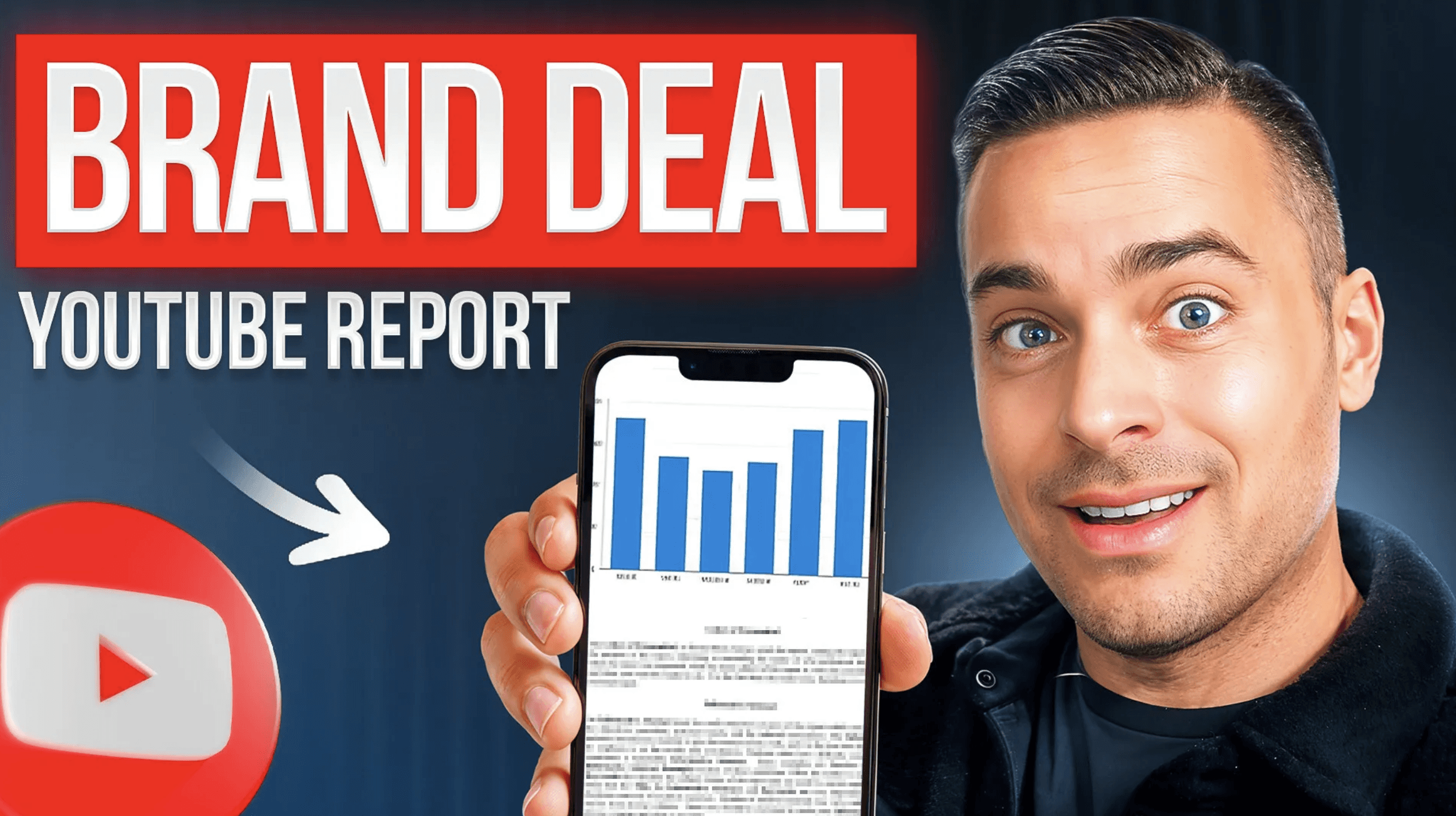
4 Common Mistakes and Pitfalls During Sponsorship Campaign Analysis
Nelson Mandela famously said, "I never lose. I either win or learn."
When you ask a brand how they felt the campaign went, this must be your mindset.
Obviously, the best-case scenario would be for them to say, "It went awesome!"
Then you'd likely have zero hesitation pitching them on the next deal, right?
But if the brand says, "It didn't go well" or "It went average," your immediate response should be, "Thank you so much for letting me know. I have some ideas about why, but can you share your suspicions?"
Don't be surprised if the brand tells you about a new goal or objective they were measuring internally but never told you about.
A typical example is when a brand initially says it wants awareness then is disappointed the campaign didn't generate many sales.
In those situations, you must explain that there was a misalignment of tactics and how you'll satisfy this newly identified goal in the next iteration (refer back to Chapter 2 section: "Pivot what you propose based on what you learn from the brand").
Your objectivity and humility will stand out from the typical partner who wants to point fingers at everyone but themselves.
Once you have an initial pulse check from the brand and compiled your data, it's time to assemble your Post-Campaign Report.
4 Common Mistakes and Pitfalls During Sponsorship Campaign Analysis
❌ Not sending a "Post-Campaign Report" to the brand
❌ Assuming the brand is disappointed with the views/likes/opens/downloads/sales/attendees
❌ Not using comments & insights to pitch the next deal
❌ Not creating case studies to help you win new deals

Get the ongoing support you need to set win-win pricing, submit spellbinding proposals, and negotiate like a pro.











